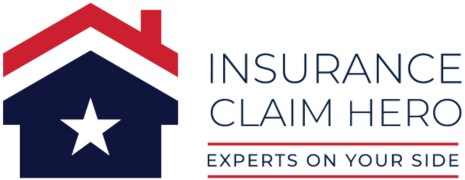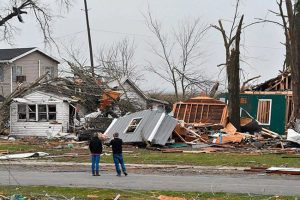Homeowners insurance is a crucial investment to protect your home and belongings from unforeseen events. However, understanding the various types of coverage can be challenging for many policyholders. In this in-depth blog post, we will explain the different types of homeowners insurance coverage, including dwelling, additional living expenses, contents, and more. Our goal is to help you become better informed about the coverage you have available and when it can and should be used.
Table of contents
Dwelling Coverage
Dwelling coverage is the foundation of your homeowners insurance policy. It provides protection for the physical structure of your home, including walls, floors, ceilings, and any attached structures like garages or decks. Dwelling coverage is designed to help you rebuild or repair your home if it’s damaged or destroyed by a covered peril, such as fire, hail, or vandalism.
When to use it: You should file a claim under dwelling coverage when your home has sustained damage from a covered event that requires repair or reconstruction.
Other Structures Coverage
Other structures coverage protects detached buildings on your property, such as sheds, detached garages, and fences. This coverage is usually a percentage of your dwelling coverage (typically 10%), but it can be increased if needed.
When to use it: If a covered peril damages a detached structure on your property, you can file a claim under this coverage to repair or replace it.
Personal Property (Contents) Coverage
Personal property coverage, also known as contents coverage, covers your belongings inside your home, such as furniture, appliances, clothing, and electronics. This coverage generally extends to items stored in detached structures as well. There are two types of personal property coverage: actual cash value (ACV), which considers depreciation, and replacement cost, which reimburses you for the full cost of replacing the item with a new one.
When to use it: If your belongings are damaged, destroyed, or stolen due to a covered event, you can file a claim under personal property coverage to replace or repair them.
Loss of Use (Additional Living Expenses) Coverage
Loss of use, or additional living expenses (ALE) coverage, is designed to cover costs incurred if your home becomes uninhabitable due to a covered loss. This coverage can help pay for temporary housing, increased meal expenses, and other costs associated with living away from your home while it’s being repaired or rebuilt.
When to use it: If you’re forced to vacate your home due to a covered loss, file a claim under loss of use coverage to help cover your additional living expenses.
Personal Liability Coverage
Personal liability coverage provides protection if you or a family member are found legally responsible for causing property damage or bodily injury to others. This coverage can help pay for legal defense costs, settlements, and medical expenses.
When to use it: If you or a family member are sued for causing property damage or bodily injury to someone else, personal liability coverage can help protect your financial well-being.
Medical Payments Coverage
Medical payments coverage, often referred to as “med pay,” helps cover medical expenses for guests who are injured on your property, regardless of fault. This coverage typically has lower limits and is meant to cover minor injuries without the need for a liability claim.
When to use it: If a guest is injured on your property, medical payments coverage can help pay for their immediate medical expenses.
Wrapping Up
Understanding the different types of homeowners insurance coverage is essential to ensure you’re adequately protected in the event of a loss. Familiarize yourself with dwelling, other structures, personal property, loss of use, personal liability, and medical payments coverage to make informed decisions about your policy and know when and how to use each coverage.
With this knowledge, you can confidently manage your insurance policy, ensuring your home and financial well-being are safeguarded against unforeseen events. Remember to review your policy periodically and consult with your insurance agent to adjust your coverage as needed to keep up with your changing needs and circumstances.
FAQ
Dwelling coverage protects the physical structure of your home against damage from covered perils like fire, hail, or vandalism.
Use this coverage if detached buildings on your property, such as sheds or detached garages, are damaged by a covered event.
It covers your belongings inside the home, like furniture and electronics, against damages or theft, offering either actual cash value or replacement cost reimbursement.
It covers additional living expenses if your home becomes uninhabitable due to a covered loss, helping pay for temporary housing and increased meal expenses.
This coverage helps if you’re legally responsible for someone else’s property damage or injury, covering legal defense costs and settlements.
It covers medical expenses for guests injured on your property, regardless of fault, typically for minor injuries.
Yes, other structures coverage is typically a percentage of your dwelling coverage but can be increased as needed.
Actual cash value considers depreciation, while replacement cost covers the full cost of replacing an item with a new one.
Review your policy periodically and consult with your insurance agent to ensure your coverage meets your current needs.




